Personal Development
How to Communicate to Your Clients Like a Pro Designer
10.02.2025
By shaikh asif
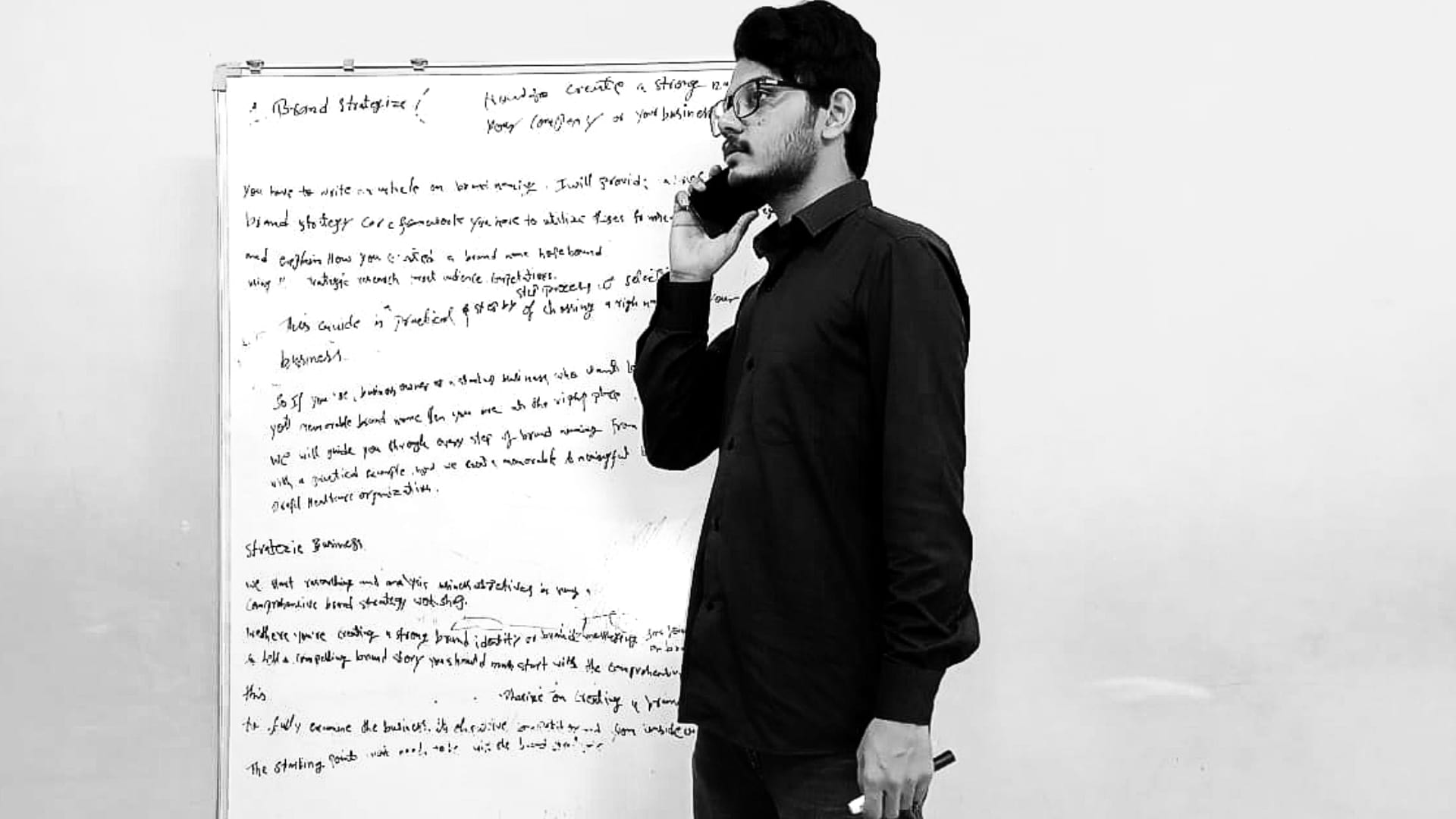
Personal Development
10.02.2025
By shaikh asif
In the world of branding and design, communication isn't just about exchanging words—it's about crafting a shared vision. As a designer, how you communicate with your clients can make or break a project. Mastering this skill not only enhances your reputation but also helps in closing more deals, building long-term relationships, and ultimately, driving the success of your business. At Alitestar, we understand that exceptional communication is the cornerstone of premium branding, and that’s why we’re dedicated to guiding you through this essential aspect of your professional journey.
The foundation of any successful project is a deep understanding of your client’s needs. When clients feel heard and understood, they are more likely to trust your expertise, leading to smoother collaboration and a better final product.
How to Do It:
Active Listening: Begin every client interaction by actively listening to their needs, goals, and challenges. This means not just hearing their words, but understanding the underlying motivations and concerns.
Ask the Right Questions: Don’t settle for surface-level information. Dive deeper with questions that reveal the core of what your client wants to achieve. For example, instead of asking, “What kind of logo do you want?” ask, “What emotions do you want your logo to evoke?”
Document Everything: Keep detailed notes of your conversations. This helps in ensuring that you and your client are always on the same page and prevents misunderstandings down the line.
Research Insight: According to a study by the Design Management Institute, companies that prioritize effective communication in the design process are 70% more likely to meet their project objectives on time and within budget.

Clear expectations are the bedrock of a smooth designer-client relationship. Without them, projects can easily go off-track, leading to frustration on both sides.
How to Do It:
Define Project Scope: Clearly outline the deliverables, timelines, and costs from the outset. Ensure that both you and your client agree on these details before the project begins.
Create a Roadmap: Break the project down into phases with specific milestones. This not only helps in managing the client’s expectations but also gives them a clear view of the progress.
Communicate Limitations: Be upfront about what’s possible and what isn’t. This honesty builds trust and sets the stage for a collaborative working relationship.
At Alitestar, our project for a leading tech startup involved setting clear expectations from day one. We provided a detailed project scope, including timelines and potential challenges. The result? A seamless design process with no surprises, leading to a brand identity that perfectly matched the client’s vision.
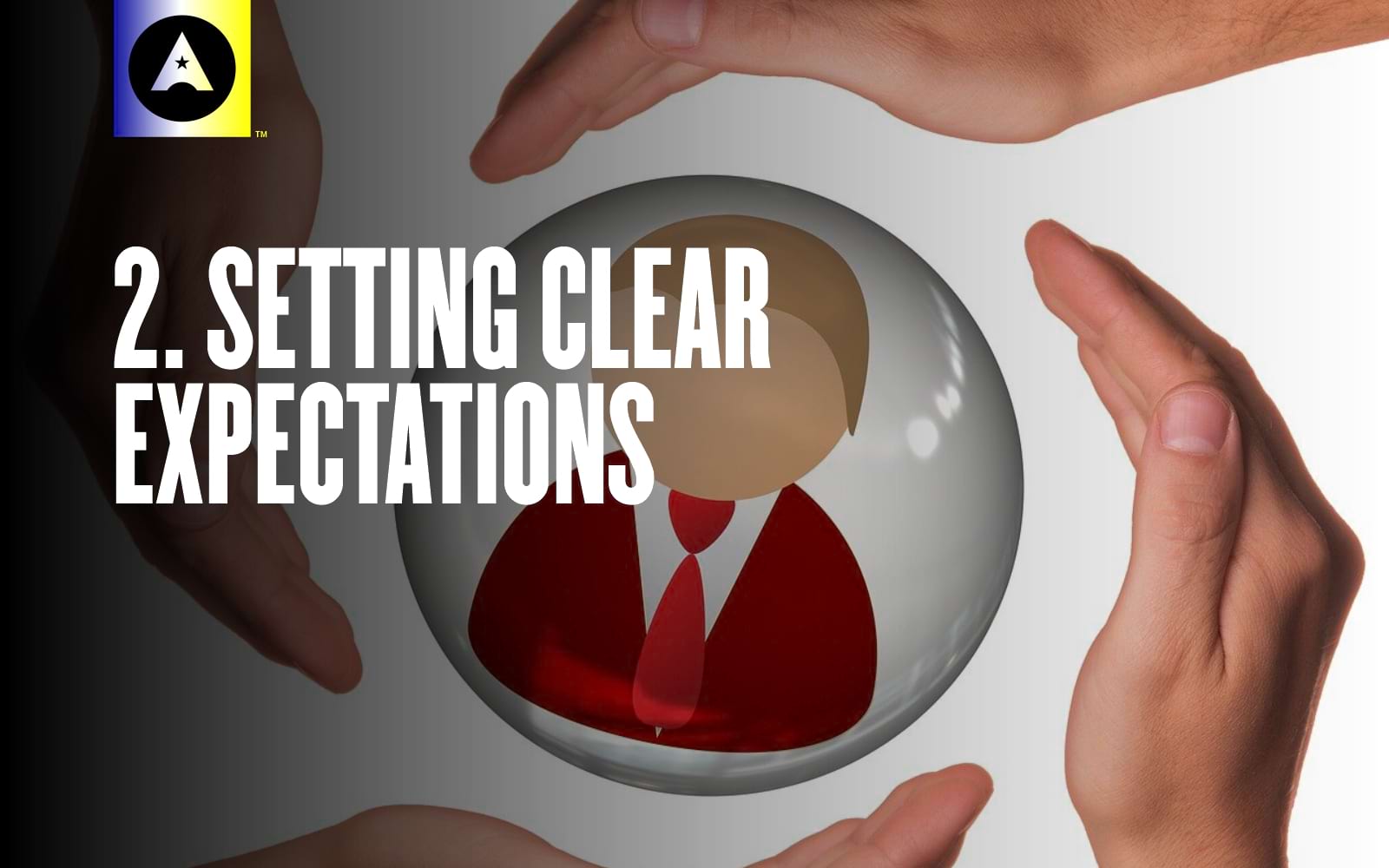
Clients are not designers—they rely on you to guide them through the process. Effective communication here ensures they feel involved, informed, and confident in your abilities.
How to Do It:
Educate Your Client: Take the time to explain your design process, from initial concept to final delivery. Use simple, non-technical language to make sure they understand each step.
Provide Regular Updates: Keep your client in the loop with regular progress reports. This could be through weekly meetings, emails, or a project management tool.
Visual Aids: Use sketches, wireframes, or mockups to visually communicate your ideas. This helps clients better understand your vision and provides an opportunity for feedback before moving forward.
Our team at Alitestar ensures that clients are never left in the dark. During a recent branding project, we used detailed wireframes and prototypes to walk the client through our design process. This not only increased their confidence in our work but also resulted in a final product that exceeded their expectations.
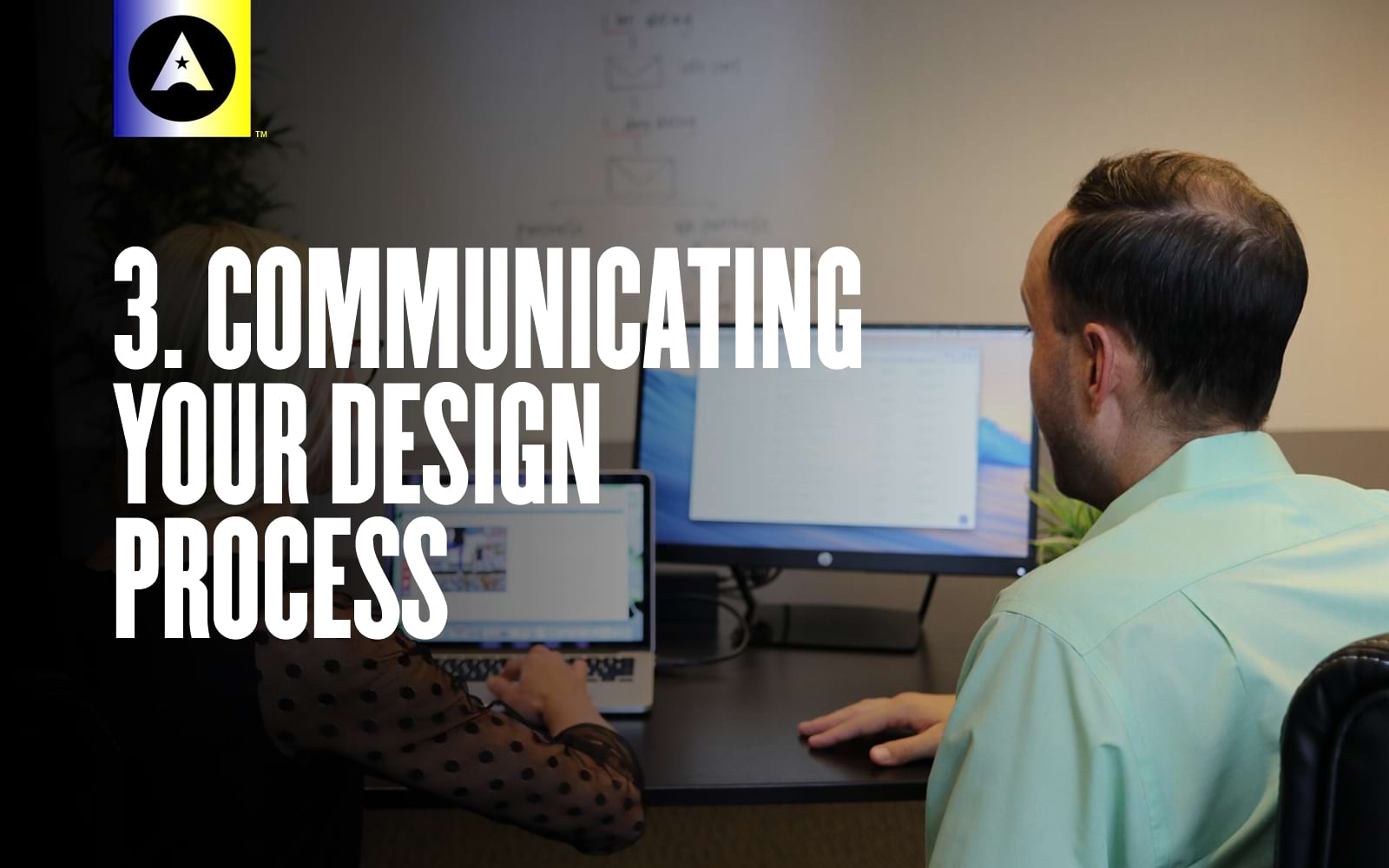
Feedback is an integral part of the design process. How you handle it can either strengthen your relationship with the client or create friction.
How to Do It:
Be Open and Receptive: Approach feedback with an open mind. Even if it’s not what you expected, try to understand the client’s perspective and see how it can be incorporated into the design.
Clarify and Confirm: If feedback is vague or unclear, ask follow-up questions to ensure you fully understand what the client is asking for. Confirm your understanding before making changes.
Provide Expert Guidance: Sometimes, clients might request changes that could harm the design’s effectiveness. In such cases, diplomatically explain why a certain approach might be better, backing up your suggestions with evidence or examples.
According to a study published in the Journal of Marketing Communications, projects where designers actively engage with client feedback are 50% more likely to achieve their intended outcomes.
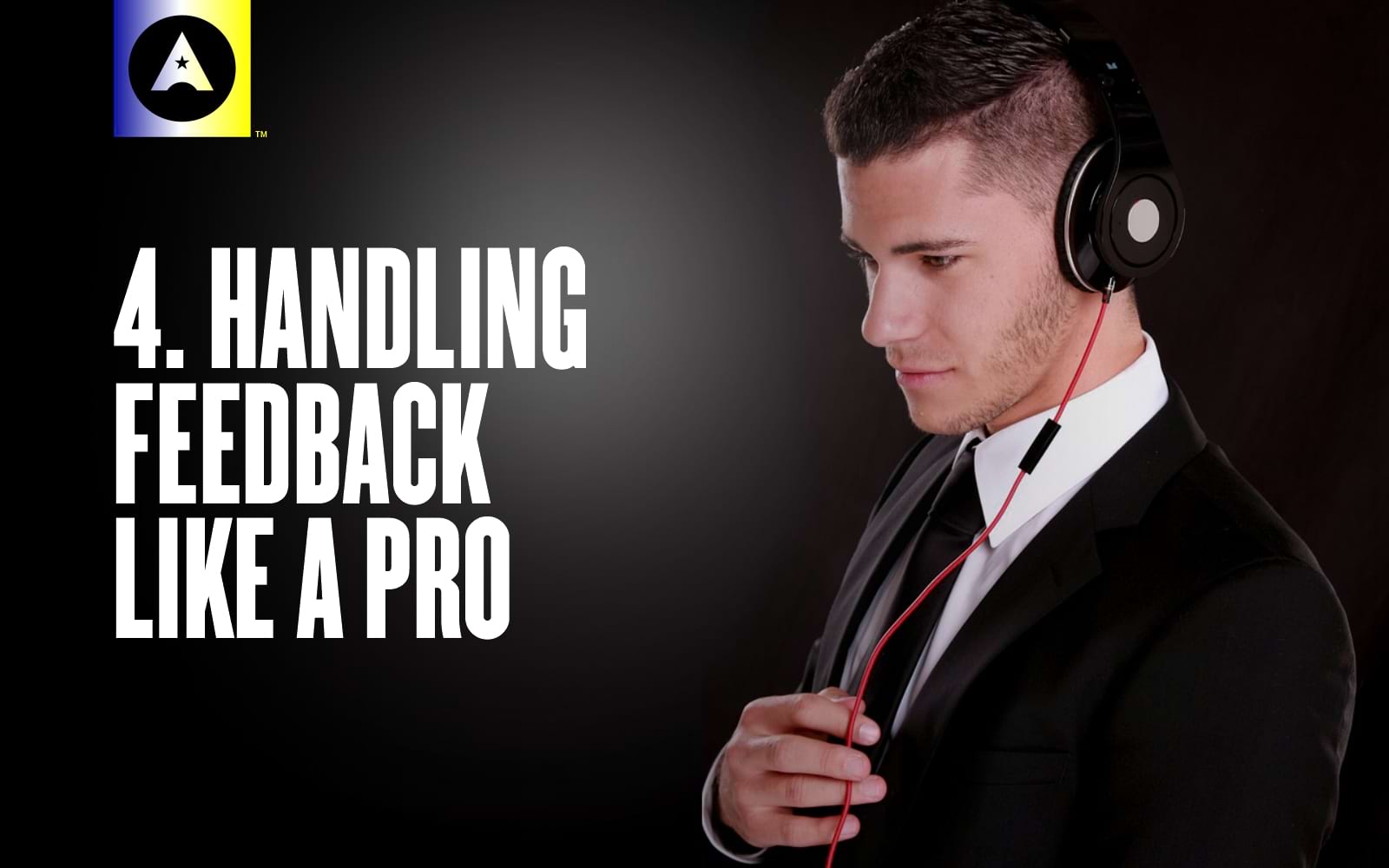
Communication isn’t just about managing a project—it’s a powerful tool for converting prospects into long-term clients. By demonstrating your expertise and reliability through every interaction, you position yourself as a valuable partner in their success.
How to Do It:
Build Rapport: Establish a personal connection with your clients. Show genuine interest in their business and share relevant success stories that illustrate how your services can help them achieve their goals.
Follow Up: After delivering a proposal or completing a project, follow up to address any concerns and to discuss potential next steps. This shows that you’re committed to their success beyond just the immediate project.
Highlight Additional Services: Use your communication channels to introduce clients to other services you offer, such as brand strategy, brand naming, or brand storytelling. This not only adds value but also opens up opportunities for future collaboration.
At Alitestar, we don’t just complete projects—we build relationships. By consistently delivering on our promises and maintaining open lines of communication, we’ve successfully converted one-time projects into long-term partnerships, offering comprehensive branding solutions that grow with our clients’ needs.
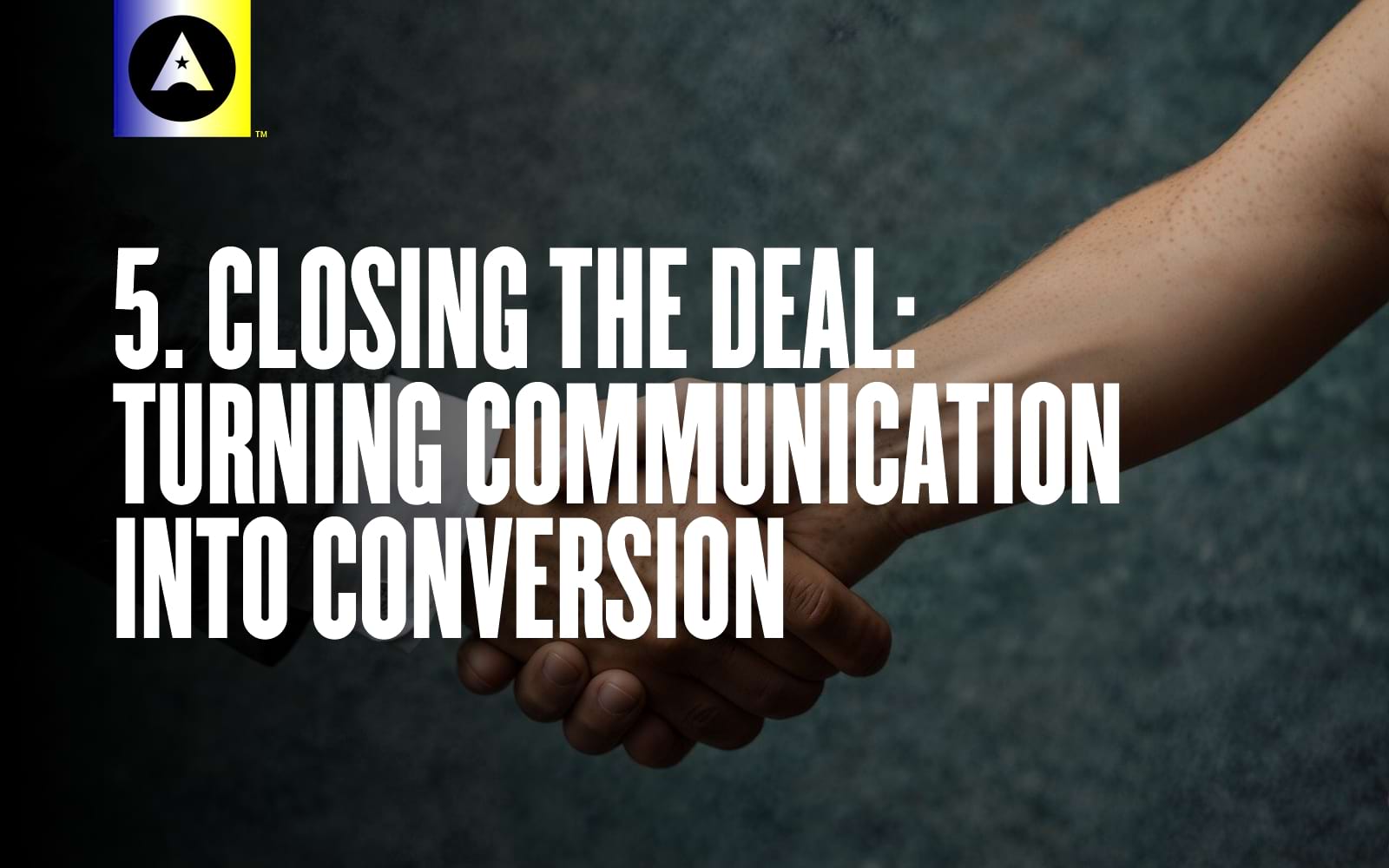
Throughout this journey of effective communication, it’s essential to remember that the quality of your services plays a crucial role. At Alitestar, we pride ourselves on offering top-tier services that cover every aspect of branding and design:
Logo Design: Creating logos that not only look great but also encapsulate your brand’s essence.
Brand Identity: Building cohesive brand identities that resonate with your target audience.
Brand Strategy: Developing strategies that align with your business goals and drive brand growth.
Brand Naming: Crafting memorable and impactful brand names that stand out in the market.
Brand Storytelling: Creating compelling narratives that connect emotionally with your audience.
Brand Guidelines: Establishing clear guidelines to ensure brand consistency across all platforms.
Communication is the bridge between a designer’s creativity and a client’s vision. By mastering the art of communication, you not only enhance your ability to deliver successful projects but also position yourself as a trusted partner in your client’s business journey. At Alitestar, we believe that effective communication is the key to unlocking the full potential of any branding project. So, whether you’re a startup looking to make a mark or an established business aiming to rebrand, let’s start a conversation that leads to extraordinary results.


Shaikh Asif is an Award-winning designer, director, strategist, and educator. He’s the Lead Strategic Brand Designer and Art Director of The Alitestar— a strategic branding and design agency that helps startups, ambitious CEOs, and passionate entrepreneurs to achieve success and ultimately create unforgettable brand experiences.